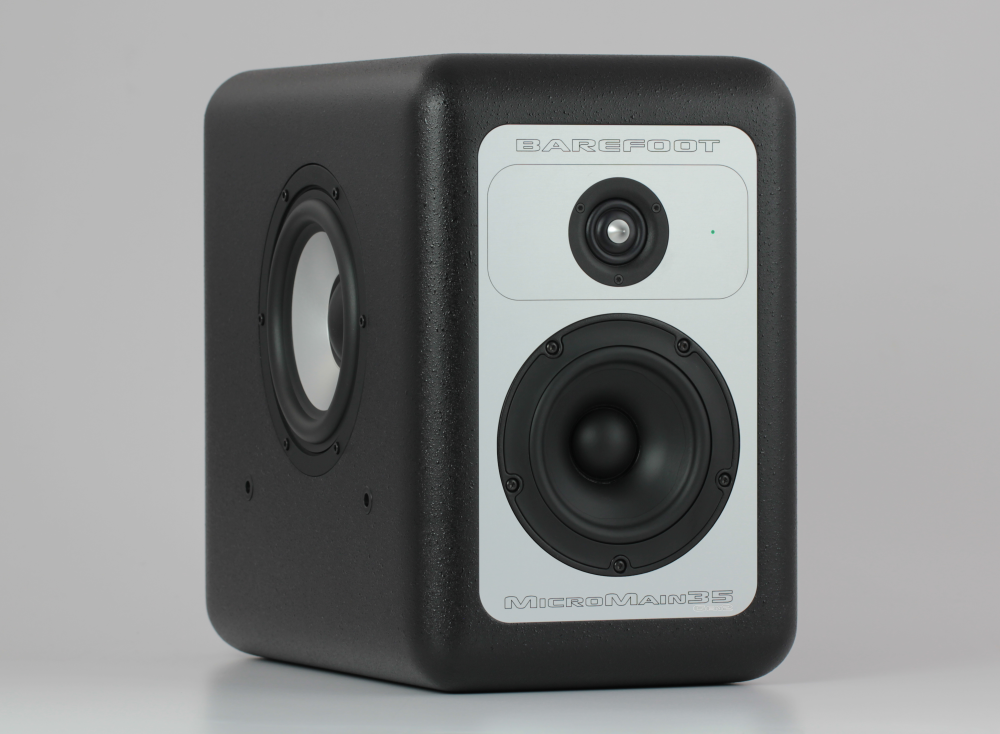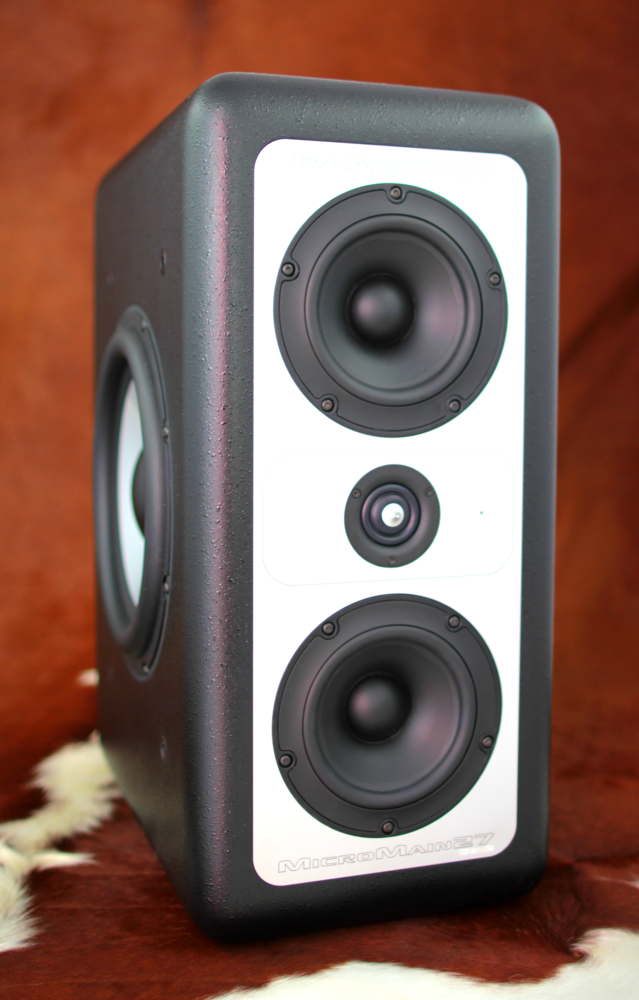Measure both drivers seperately in box. Add a time delay to the front facing woofer equal to the difference. Best if done in free space as the front wall reflection can obscure results.Hi
Two woofers placed on opposing sides of the speaker
best regards
uwe
Hi
That was not really what i meant.
What I mean is does it make sense to make a satellite loudspeaker that has a cut off frequency of 80 Hz with impuls compensation ( one midwoofer on the front and one identical midwoofer on the back but hte one on the back is cut at say 150-250 hz), or does this not have any significant influence on the vibrations at 80 Hz and above.
best regards
uwe
That was not really what i meant.
What I mean is does it make sense to make a satellite loudspeaker that has a cut off frequency of 80 Hz with impuls compensation ( one midwoofer on the front and one identical midwoofer on the back but hte one on the back is cut at say 150-250 hz), or does this not have any significant influence on the vibrations at 80 Hz and above.
best regards
uwe
Last edited:
Maybe Barefoot Sound can give you some insight:

source:Barefoot Sound MicroMain35

source: Barefoot Sound MicroMain27

source:Barefoot Sound MicroMain35

source: Barefoot Sound MicroMain27
Hi
It has nothing to do with delay or the time it takes for the sound to travel around the box.
I was asking if the low/mid woofers mass (cone) moving will be significantly enough over lets say 80 Hz so it has any influence on the Whole speaker.
If you put two woofers opposite of each other on a subwoofer, their movement cancels each other out and the subwoofer sounds better.
best regards
uwe
It has nothing to do with delay or the time it takes for the sound to travel around the box.
I was asking if the low/mid woofers mass (cone) moving will be significantly enough over lets say 80 Hz so it has any influence on the Whole speaker.
If you put two woofers opposite of each other on a subwoofer, their movement cancels each other out and the subwoofer sounds better.
best regards
uwe
I've never built a speaker that either did not use force cancellation or the motor was highly braced. Different enclosure designs can help with mitigating enclosure panel resonances. On top of bracing, enclosure construction like that of Harbeth (search this forum) can be used. Constrained Layer Dampening and box within a box also helps. Force cancellation at frequencies above the first three octaves is impractical unless an integral part of a bipole design.
If not compensated with time correction, while taking into consideration what has already been mentioned will do nothing more than trash the image, cause comb filtering, lobing, poor dispersion characteristics (polar responce) and an increase in THD and IM.
This question has been nearly impossible to answer due to its vagueness. There is a multitude of factors that contribute inaccuracy. Best place to start is reading and search. Google is your friend. Cannot stress this enough. Second most important is to stop hypothesizing and measure. Find out for yourself. Calibrated mics are under $100 and software to measure is free, eg Room Equalization Wizard (REW). Without this verification everything is just conjecture.
If not compensated with time correction, while taking into consideration what has already been mentioned will do nothing more than trash the image, cause comb filtering, lobing, poor dispersion characteristics (polar responce) and an increase in THD and IM.
This question has been nearly impossible to answer due to its vagueness. There is a multitude of factors that contribute inaccuracy. Best place to start is reading and search. Google is your friend. Cannot stress this enough. Second most important is to stop hypothesizing and measure. Find out for yourself. Calibrated mics are under $100 and software to measure is free, eg Room Equalization Wizard (REW). Without this verification everything is just conjecture.
Hi
So Greebster, what you say is if the frequencies I want to reproduce with my satellite is over 160 Hz it will not have any effect to impuls compensate.
And I have to filter everything over 160 Hz away.
So with a satellite speaker that will start at 80 Hz the rear unit should be filteret starting at 160 Hz.
Best regards
uwe
So Greebster, what you say is if the frequencies I want to reproduce with my satellite is over 160 Hz it will not have any effect to impuls compensate.
And I have to filter everything over 160 Hz away.
So with a satellite speaker that will start at 80 Hz the rear unit should be filteret starting at 160 Hz.
Best regards
uwe
If you don't mind please state what it is you are wanting to do or achieve. Are we talking about a hypothetical bipole sub to be integrated with a small satellite speaker? Please describe these speakers. Also describe the room, dimensions, construction of walls floor ceiling. Carpeted, hard floor, listening position, etc. A picture is worth a thousand words.
Do not understand the staggered crossover points. Why would you want the rear driver to be crossed @ 160, when the front driver is cut off at half that?
Do not understand the staggered crossover points. Why would you want the rear driver to be crossed @ 160, when the front driver is cut off at half that?
- Status
- This old topic is closed. If you want to reopen this topic, contact a moderator using the "Report Post" button.
- Home
- Loudspeakers
- Multi-Way
- Impuls compensation for satellite speakers?